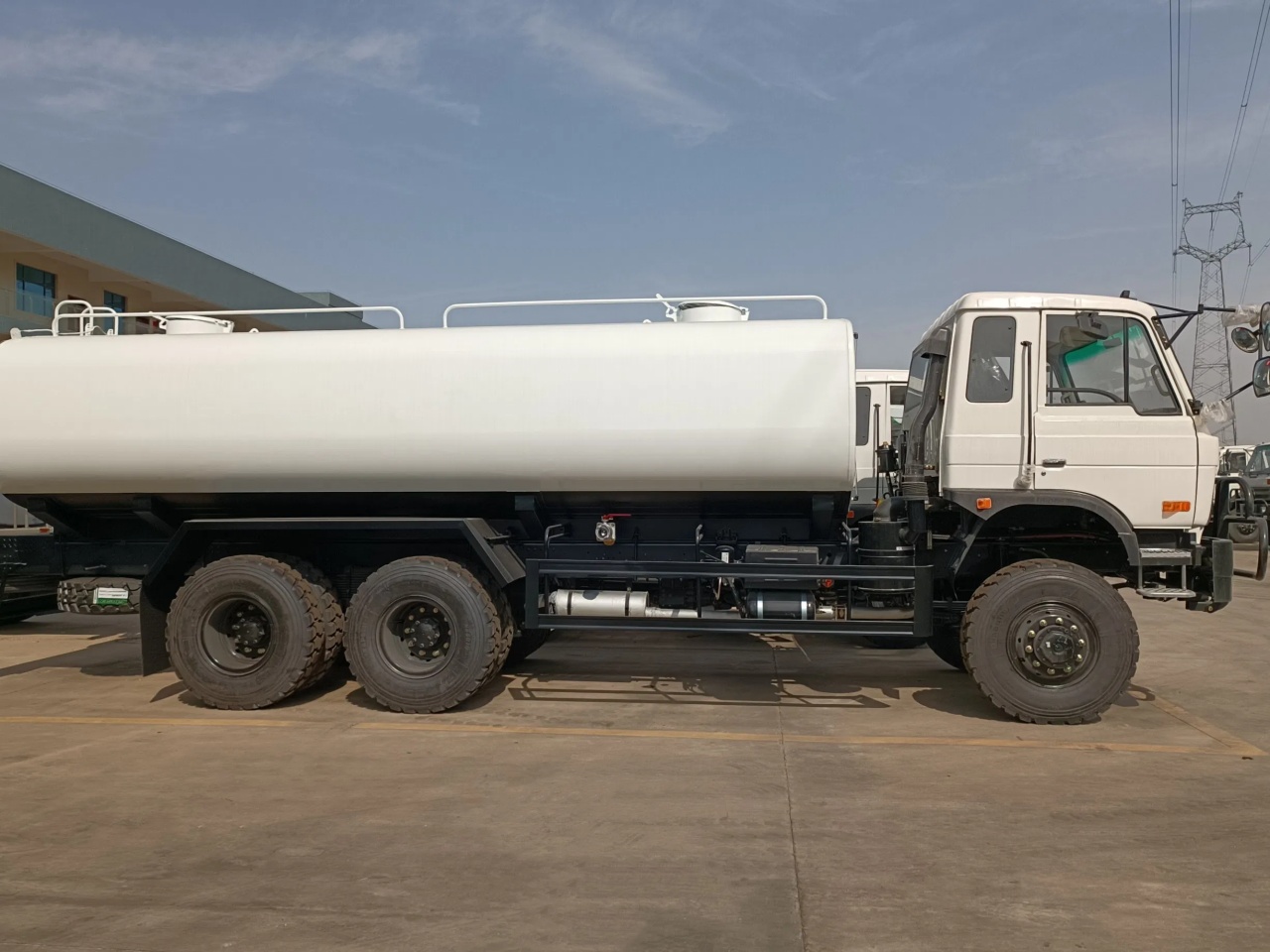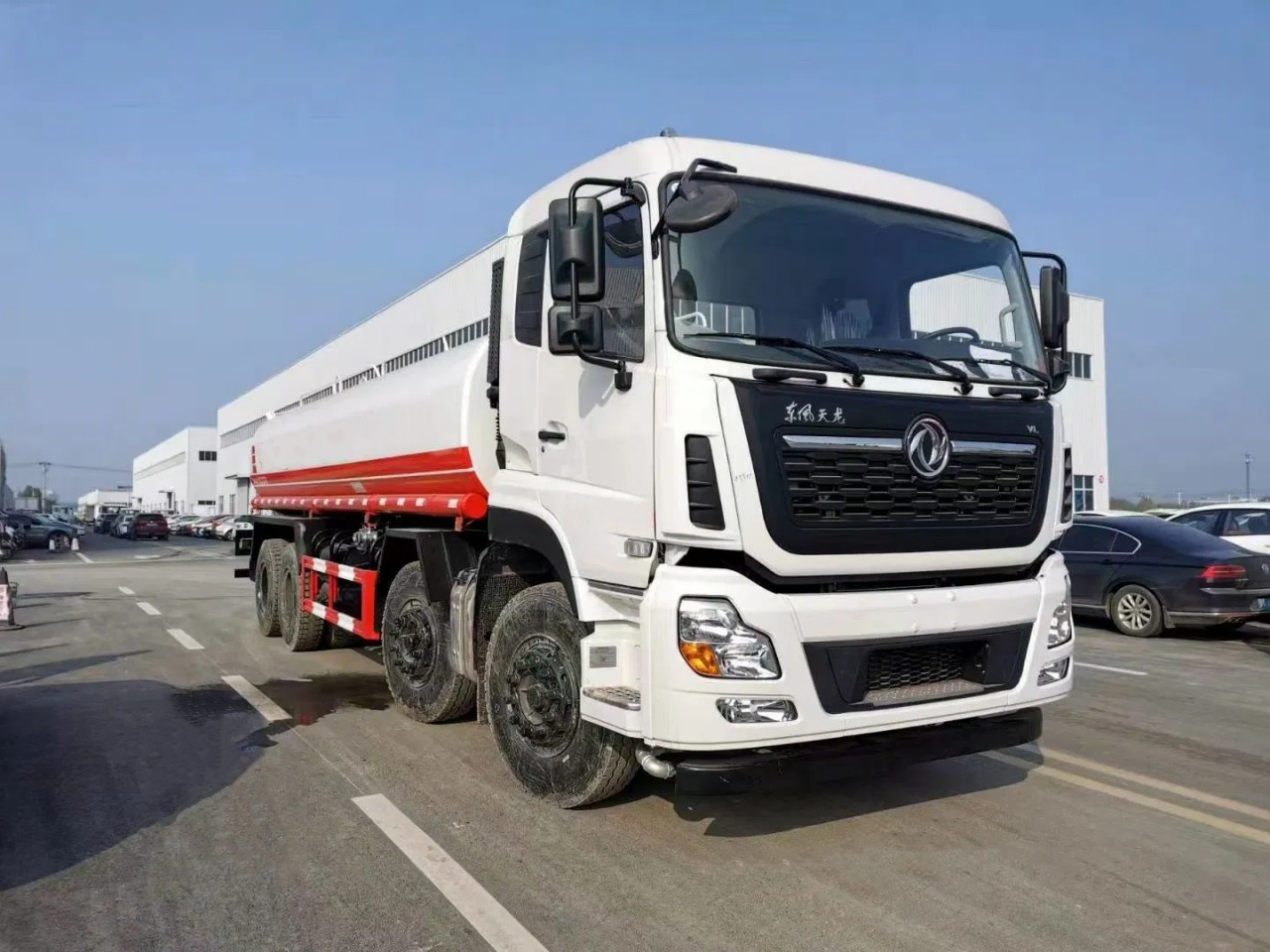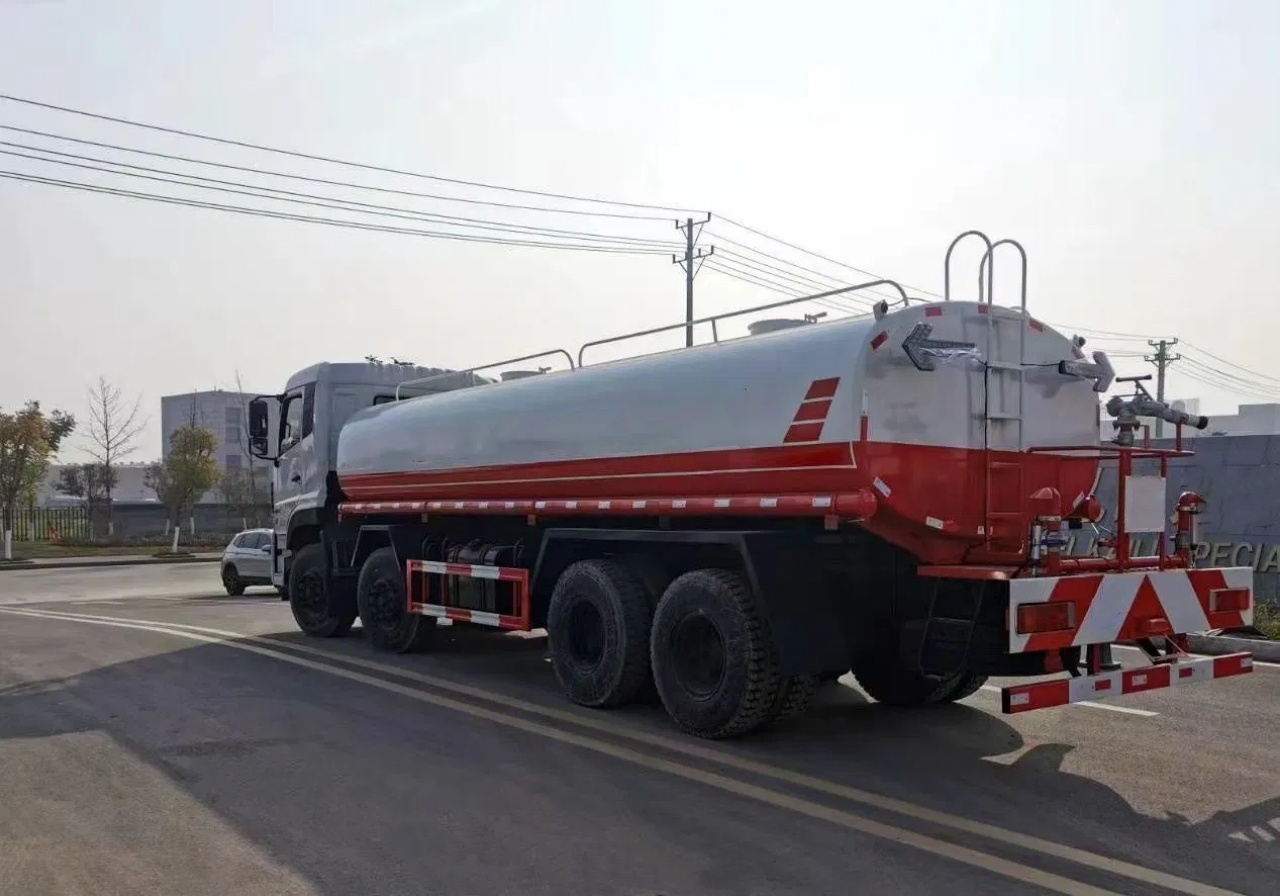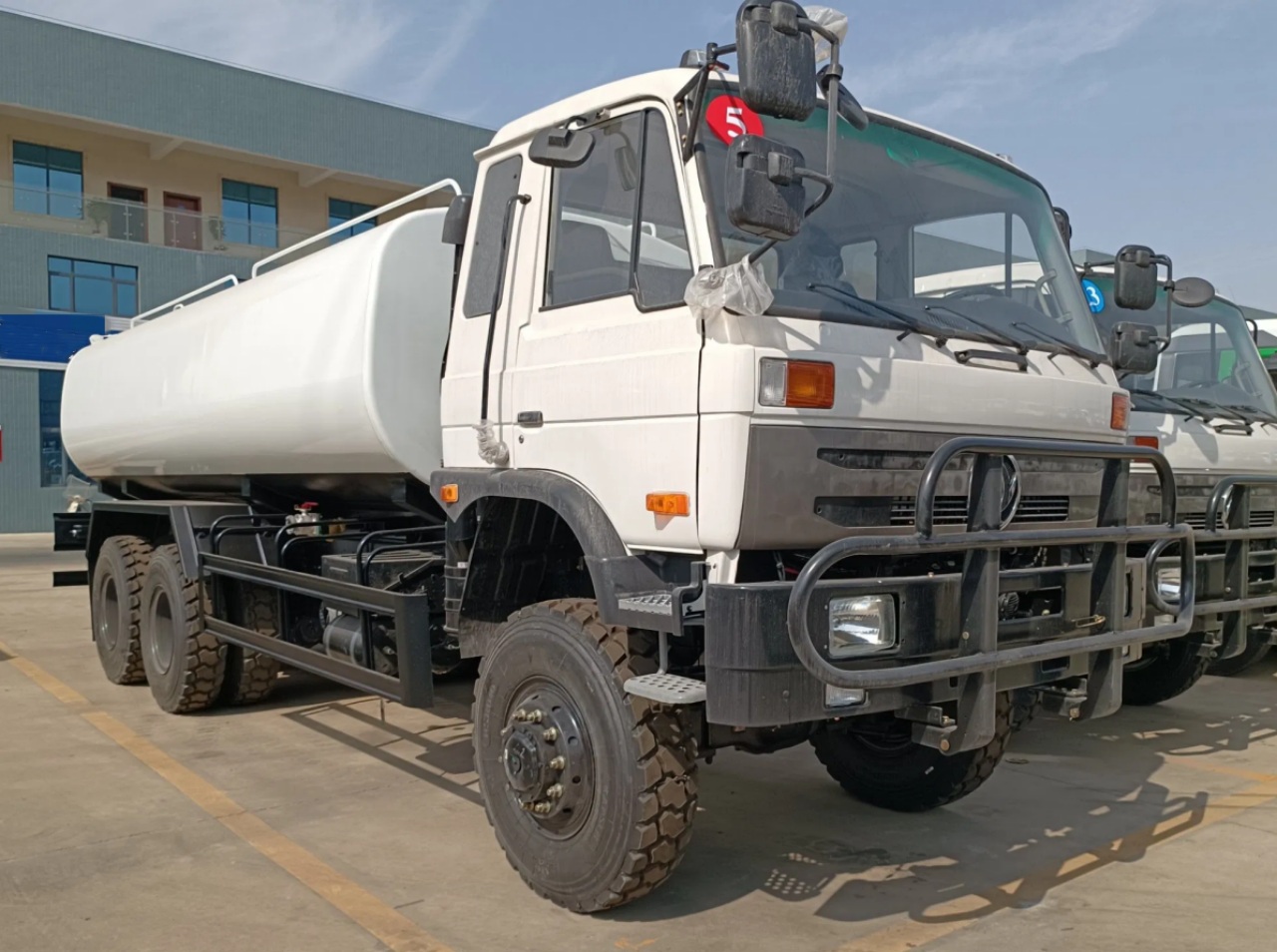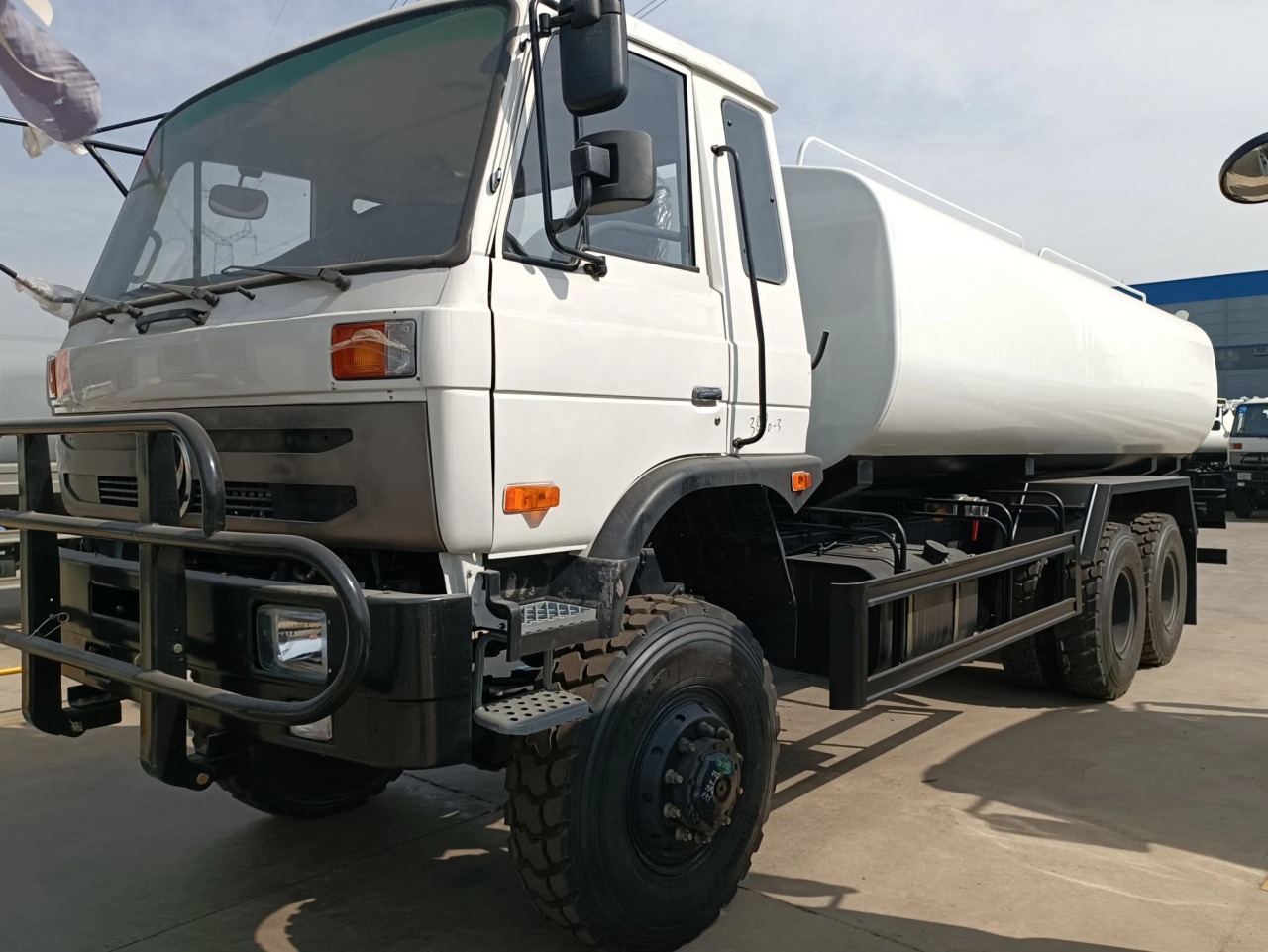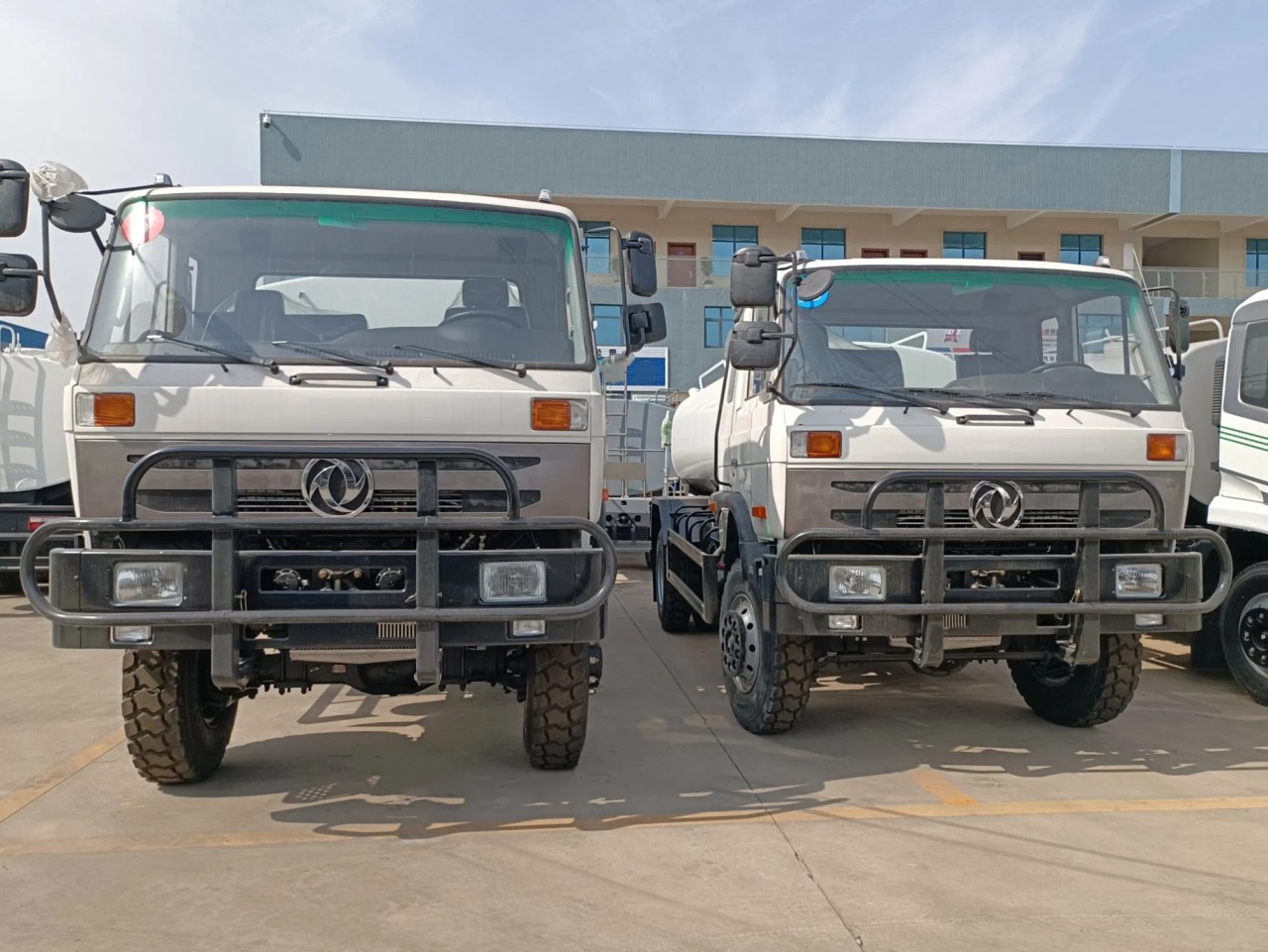Tanker trucks are essential vehicles in the logistics and transportation industries, specifically designed to carry liquids, gases, or dry bulk cargo. From transporting gasoline to delivering milk, water, chemicals, and even powdered cement, these trucks come in a wide variety of shapes and sizes. A fundamental question many people ask is: What is the capacity of a tanker truck? The answer varies significantly based on the type of tanker, its purpose, the nature of the cargo, and regional regulations. This article explores the various capacities of tanker trucks, the factors influencing their design, and the typical classifications used in the industry.
Types of Tanker Trucks
To understand tanker capacities, it’s important to first recognize that there are different types of tanker trucks based on the cargo they are designed to carry. These include:
- Fuel Tanker Trucks
- Water Tanker Trucks
- Chemical Tanker Trucks
- Milk Tankers
- Dry Bulk Tankers
- Gas Tanker Trucks (LPG, LNG)
Each of these types requires specific materials, construction features, and design considerations that directly affect their capacity.
Standard Tanker Truck Capacities
Tanker trucks can broadly be divided into small, medium, and large categories. Here’s a breakdown:
Small Tanker Trucks (1,000–3,000 gallons / 3,785–11,356 liters)
- These are typically used for localized deliveries such as septic pumping, small-scale water delivery, or on-farm fuel deliveries.
- They are often mounted on a 2-axle truck chassis.
- Common in urban or rural settings where roads may be narrow or unpaved.
Medium Tanker Trucks (3,000–6,000 gallons / 11,356–22,712 liters)
- These trucks strike a balance between capacity and maneuverability.
- Widely used for regional deliveries such as fuel or water supply.
- Often have multiple compartments for carrying different products simultaneously.
Large Tanker Trucks (6,000–11,600 gallons / 22,712–43,910 liters)
- These are typically semi-trailers pulled by tractor units.
- Common in interstate or cross-country transportation of petroleum, industrial chemicals, or dry bulk goods.
- Some specialized trailers, like those for lightweight liquids or gases, can exceed this range under specific conditions.
Fuel Tanker Truck Capacities
Fuel tankers are one of the most common types of tankers on the road. Their capacity varies depending on whether they are used for retail fuel delivery (e.g., to gas stations) or commercial/industrial fuel use.
- Typical fuel tanker capacity:
- Ranges from 3,000 gallons (11,356 liters) for smaller trucks to over 11,600 gallons (43,910 liters) for large semi-trailer tankers.
- Multi-compartment designs are common to transport different fuel grades (e.g., diesel, unleaded, premium).
- Tankers must adhere to strict safety regulations such as baffles, pressure valves, and fire-resistant linings.
Water Tanker Truck Capacities
Water tankers are used for a wide array of purposes, such as agriculture, firefighting, dust suppression, and potable water supply.
- Small water tankers: ~1,000–2,000 gallons (3,785–7,570 liters)
- Medium-sized: ~3,000–5,000 gallons (11,356–18,927 liters)
- Large semi-trailer tankers: Up to 9,000 gallons (34,000 liters) or more
- The design depends on whether the water is for consumption, irrigation, or industrial use.
Chemical and Corrosive Tanker Truck Capacities
Tanker trucks transporting chemicals, acids, or other hazardous materials must meet stringent construction standards.
- Capacities generally range from 3,000 to 7,000 gallons (11,356–26,497 liters).
- Tanks are usually made from stainless steel or lined with corrosion-resistant materials like rubber, fiberglass, or specialized polymers.
- Compartments may be isolated to prevent chemical reactions during transport.
Milk and Food-Grade Tankers
Tanker trucks transporting milk or other food-grade liquids are designed with sanitation and temperature control in mind.
- Typical capacity: 6,000 to 8,000 gallons (22,712 to 30,283 liters)
- Constructed from food-grade stainless steel with smooth interiors to prevent bacterial growth.
- Often equipped with insulation to maintain temperature during transport.
Dry Bulk Tanker Truck Capacities
These are specialized trailers for transporting dry materials like cement, sand, flour, plastic pellets, or animal feed.
- Capacity is usually measured in cubic feet or cubic meters:
- Common volumes range from 1,000 to 1,800 cubic feet (28.3 to 51 cubic meters)
- The weight capacity can range between 25 to 35 tons, depending on material density and road regulations.
- Tanks are pressurized for pneumatic unloading and often include internal augers or blowers.
Gas Tankers (LPG/LNG)
Gas tanker trucks are designed to carry liquefied gases under pressure or at cryogenic temperatures.
- Liquefied Petroleum Gas (LPG) trucks: 2,000 to 11,600 gallons (7,570–43,910 liters)
- Liquefied Natural Gas (LNG) trucks: 10,000 to 12,000 gallons (37,850–45,420 liters)
- Must comply with strict safety standards, including double-walled tanks and advanced insulation.
Factors That Influence Tanker Truck Capacity
Several factors determine the final capacity of a tanker truck:
- Axle Load Limits: Regional and national laws often limit how much weight a truck can legally carry.
- Density of the Cargo: Heavier liquids or materials require smaller tanks to avoid exceeding weight limits.
- Road and Terrain Conditions: In mountainous or poorly maintained regions, smaller trucks may be necessary.
- Material of Construction: Stainless steel tanks may be heavier than aluminum tanks, reducing net capacity.
- Purpose and Cargo Safety: Transporting flammable, toxic, or reactive materials often requires added safety features that reduce usable capacity.
Conclusion
The capacity of a tanker truck is a complex figure influenced by cargo type, vehicle design, safety regulations, and logistical needs. While small tankers may hold as little as 1,000 gallons, large semi-trailer tankers can exceed 11,000 gallons. Understanding the specific requirements of the cargo—whether it’s fuel, milk, chemicals, or powdered cement—determines the most appropriate tanker capacity. As the demand for efficient, safe, and compliant transport grows, tanker truck designs continue to evolve, optimizing for capacity while adhering to strict regulatory and environmental standards.
Ultimately, knowing the capacity of a tanker truck isn’t just about volume; it’s about aligning function, safety, and efficiency in the world of heavy-duty logistics.
